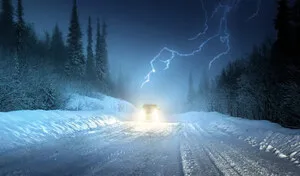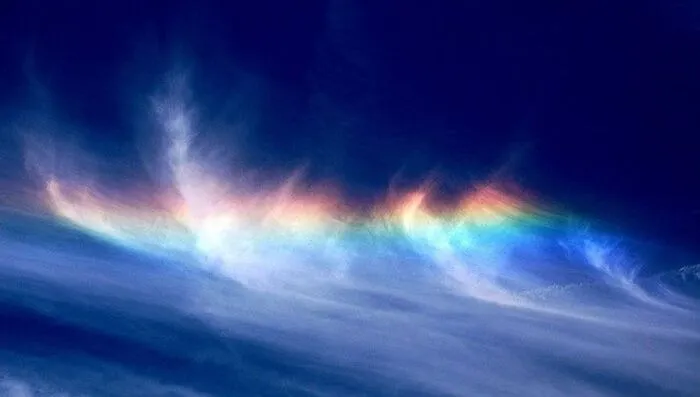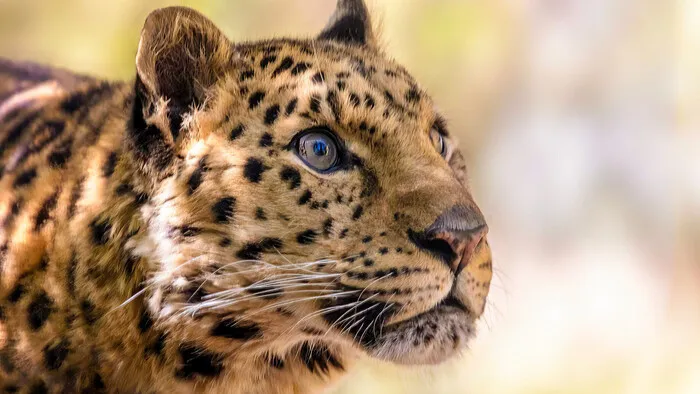The natural world never ceases to amaze us with its diversity and unpredictability. Meteorological phenomena, in particular, have the power to captivate us with their rare occurrences and spectacular displays. From the eerie beauty of a roll cloud to the breathtaking spectacle of ball lightning, rare meteorological events offer a glimpse into the extraordinary forces at play in our atmosphere.
In this article, we will explore five fascinating meteorological phenomena and where you can witness them around the world. Each of these phenomena represents a unique interaction between atmospheric conditions, geography, and natural forces, resulting in stunning displays that captivate observers and scientists alike.
From the mesmerizing dance of auroras to the eerie silence before a thundersnow event, these occurrences offer not only visual splendor but also valuable insights into the complexities of our planet’s atmosphere. By understanding the conditions that give rise to these rare phenomena, we gain a deeper appreciation for the interconnectedness of Earth’s systems and the wonders of nature.
Auroras: Dancing Lights in the Polar Skies
Auroras, also known as the Northern and Southern Lights, are perhaps one of the most enchanting meteorological phenomena. These ethereal displays of light are caused by the interaction between charged particles from the sun and the Earth’s magnetic field. When these charged particles, primarily electrons and protons, collide with atoms and molecules in the Earth’s atmosphere, they release energy in the form of light, creating the mesmerizing auroras.
While the Northern Lights are predominantly visible in the Arctic regions, the Southern Lights can be observed in the Antarctic, offering a celestial dance at the opposite ends of the globe. Popular viewing locations for auroras include Alaska, renowned for its clear winter nights and expansive views of the auroral oval, as well as Norway, where travelers can witness the luminous spectacle against a backdrop of fjords and mountains. Iceland’s remote landscapes provide an ideal setting for aurora hunting, with its dark skies and minimal light pollution.
Fire Rainbows: Nature’s Prism
Fire rainbows, scientifically known as circumhorizontal arcs, are a rare optical phenomenon that occurs in cirrus clouds. These rainbow-colored arcs form when sunlight passes through hexagonal ice crystals in high-altitude clouds at a specific angle. The result is a stunning display of vibrant colors resembling a rainbow lying flat against the sky.
While fire rainbows are rare, they can be spotted in regions with frequent cirrus cloud formations, such as the United States, Canada, and northern Europe. In addition to these regions, fire rainbows have also been observed in parts of Asia, including Japan and China, as well as in certain areas of Australia. These breathtaking displays of natural beauty are often fleeting, lasting only for a brief period before dissipating into the sky.
Mammatus Clouds: Pouches in the Sky
Mammatus clouds are not only visually striking but also serve as harbingers of impending atmospheric turbulence. The presence of mammatus clouds in the sky often signals the presence of strong updrafts and downdrafts within a thunderstorm, indicating the potential for severe weather phenomena like hail, strong winds, and even tornadoes.
Their formation is linked to the dynamics of thunderstorm development, with the sinking air associated with mammatus clouds contrasting sharply with the upward motion of air within the storm. Despite their association with volatile weather conditions, mammatus clouds also elicit a sense of wonder and fascination among observers, drawing attention to the intricate processes occurring high above the Earth’s surface.
Thundersnow: Lightning in a Winter Wonderland
Thundersnow is a rare and awe-inspiring meteorological event that combines the elements of thunderstorms with snowfall. This phenomenon occurs when thunder and lightning accompany a snowstorm, creating a dramatic spectacle of flashing lights and booming thunder in a winter landscape.
Thundersnow is most likely to occur in regions with the right atmospheric conditions, including parts of North America, Europe, and Asia, during intense winter storms. The occurrence of thundersnow is often associated with convective snowfall, where rapid uplift of warm, moist air interacts with colder air near the surface.

This atmospheric instability can lead to the formation of lightning within snow clouds, resulting in the electrifying phenomenon of thundersnow. While relatively rare compared to regular thunderstorms, thundersnow is a remarkable display of nature’s power and complexity, captivating those fortunate enough to witness it firsthand.
Waterspouts: Tornadoes Over the Ocean
Waterspouts, though generally less destructive than their land-based counterparts, can still pack a punch. They have been known to damage boats and ships, especially smaller vessels, and pose a risk to any individuals caught in their path. These phenomena come in two main types: fair weather waterspouts and tornadic waterspouts. Fair weather waterspouts typically form under relatively calm weather conditions and are less powerful, while tornadic waterspouts are associated with severe thunderstorms and can be more intense.
In addition to their potential hazards, waterspouts also offer a spectacle of nature’s power and beauty. Observing a waterspout from a safe distance can be a mesmerizing experience, as the swirling column of air connects the ocean surface to the sky above. However, it’s important to exercise caution and maintain a safe distance when witnessing these phenomena to avoid any potential danger.
Conclusion
Rare meteorological phenomena remind us of the awe-inspiring power and beauty of nature, serving as humbling reminders of the vast complexity of our planet’s atmospheric systems. They offer more than just visual spectacle; they provide valuable insights into the intricate interactions between air masses, temperature gradients, and electromagnetic forces.
Studying these phenomena not only enhances our understanding of meteorology but also underscores the importance of environmental conservation and climate research. Moreover, rare meteorological events have cultural significance across the globe. For centuries, auroras have inspired myths and legends among indigenous peoples, while waterspouts have been interpreted as omens by sailors and coastal communities.
These phenomena serve as bridges between scientific inquiry and cultural heritage, fostering a deeper appreciation for the natural world and our place within it. In an age of increasing environmental awareness, rare meteorological phenomena serve as poignant reminders of the delicate balance that sustains life on Earth.
They prompt us to marvel at the wonders of the natural world and inspire us to protect and preserve it for future generations. Whether viewed as scientific phenomena, cultural symbols, or simply moments of awe and wonder, rare meteorological events continue to captivate and inspire us, connecting humanity to the vast and magnificent tapestry of the cosmos.


